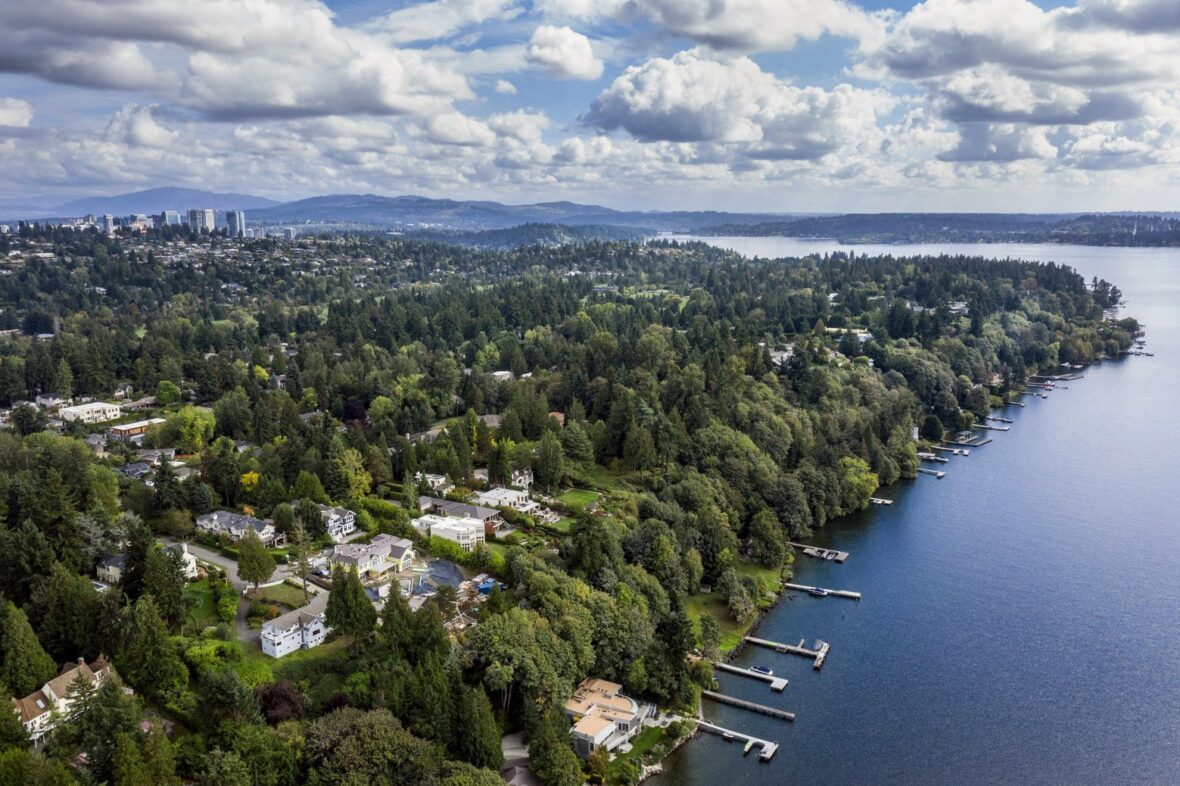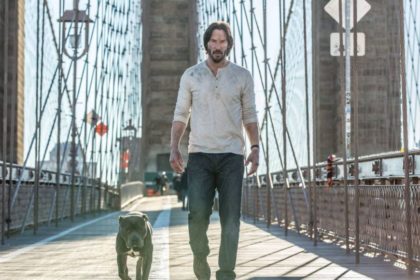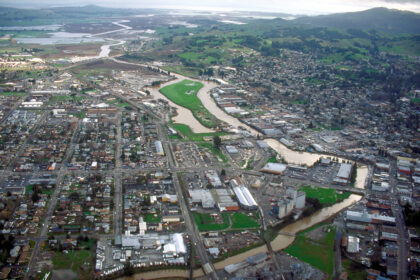Medina is a mostly residential city in Eastside, King County, Washington, United States. The city is on a peninsula in Lake Washington, on the opposite shore from Seattle, bordered by Clyde Hill and Hunts Point to the east and water on all other sides. Take a look below for our list of 20 fun and fascinating facts about Medina, Washington, United States.
1. The city’s population was 2,969 at the 2010 census.
2. Billionaire Bill Gates, along with a number of Microsoft executives, or other associates of Gates, have homes in Medina.
3. The eastern shore of Lake Washington between Meydenbauer Bay and Evergreen Point was a sparsely-populated area that was cleared for its timber in the 1870s.
4. Seattle businessman Thomas Dabney established a claim on the south side of modern-day Medina in 1886, becoming the area’s first permanent white settler.
5. Dabney built a ferry dock in 1890, naming it Dabney’s Landing, while the surrounding area was turned into berry farms and fruit orchards.
6. Other settlers arrived at Dabney’s Landing, which was briefly named Flordeline by its founder until objections were raised by a group of women who proposed the Arabic name “Medina” in 1891.
7. After a series of debates and sign-switching incidents, Medina won and was adopted as the name of the town.
8. Medina was platted in 1914 and officially incorporated on August 19, 1955.
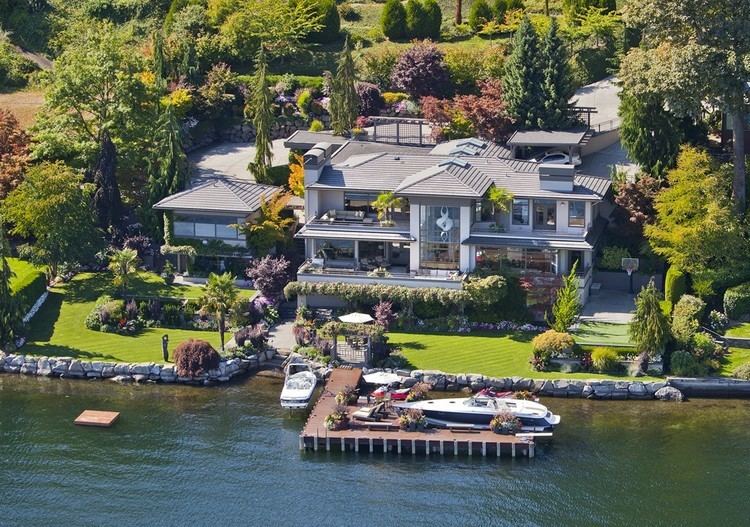
9. The town’s first mansions were built in the 1920s by wealthy Seattle businessmen, encouraged by the arrival of direct ferry service, and led to the nickname of Washington’s “Gold Coast”.
10. The area’s farmers, mostly of Japanese descent, were evicted during the 1940s internment and their farms were turned over for redevelopment.
11. In 2009, Medina, with the “wide support of residents”, installed cameras at intersections along roads entering the city.
12. The cameras are used to capture the license plate number of every car, and a security system automatically notifies local police if the captured number is recorded in a database.
13. Travelers are notified of the presence of the system with signs that read “You Are Entering a 24 Hour Video Surveillance Area”; according to Medina’s police chief, all captured information is stored for 60 days even if nothing negative is found in the database, allowing police to mine data if a crime occurs later.
14. One of the city’s council members said the system was motivated by the belief that the need for crime prevention “outweighs concern over privacy”.
15. The system was inspired by that used in adjacent Hunts Point, a town of about 500 residents which has not had a break-in for more than three years after installing their system.
16. Since 1972, the City of Medina has codified the value that trees bring to a community, and the Tree Code ordinances have consistently been modified throughout the years. Major revisions in 2000, 2003 and 2006 have improved the code such that it is one of the most extensive in the region. The current code (2006 edition) protects large trees and requires significant mitigation if they are removed.
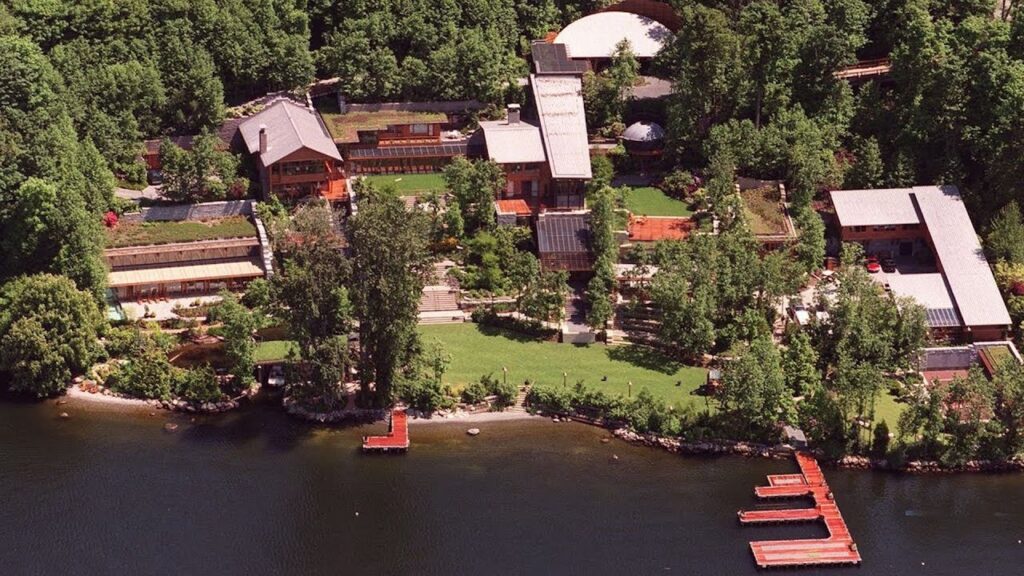
17. In 2011, the City Council directed the Planning Commission to update the existing tree code. Dividing the task into two phases, the Planning Commission brought Phase I, which were largely administrative changes, to Council in 2014, where it was passed into law.
18. Phase II changes have been underway since then, with much work and input from the community, an ad hoc tree committee, the Planning Commission and City Council.
19. It is anticipated that the new code will be adopted in mid-2015.
20. This region experiences warm (but not hot) and dry summers, with no average monthly temperatures above 71.6 °F. According to the Köppen Climate Classification system, Medina has a warm-summer Mediterranean climate, abbreviated “Csb” on climate maps.

